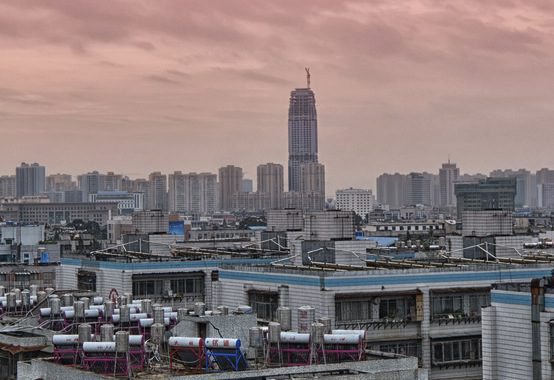Kunming Knife Attacks Point to Prolonged Ethnic Conflict

Chaos erupted on Saturday afternoon at a Kunming railway station, in the Yunnan province of southwestern China. Ten men and women carrying scimitars and meat cleavers descended on unsuspecting passengers, slicing and stabbing at random. Unreleased photos depict multiple victims lying in pools of their own blood. All told, 130 people were injured and 30 were killed. Four suspects were shot and killed at the scene; one is currently detained while recovering from injuries. It is believed that there are currently five suspects are still at large. There was a heightened security presence at both the Kunming railway station and in Beijing on Monday. President Xi Jinping harshly condemned these acts, which have been classified as acts of terrorism. A vigil was held on Sunday to honor the dead and wounded.
The attack was linked to Uighur separatists, who hail from the Xinjiang province in northwest China, directly north of Tibet. Tensions have flared between the Han Chinese and the Turkic Muslim ethnic groups in the region for the last several years, each conflict bringing severe government crackdowns. Because of tight restrictions on reporting, there is speculation as to whether the government has exaggerated the Uighur terrorism in order to justify the use of violence. But there does seem to be legitimate unrest that is swept under the rug.
As recently as last October, Uighur separatists claimed responsibility for a suicide attack in Tiananmen Square. The square represents both the heart of Chinese power and dissidence—25 years ago the square was the site of mass student demonstrations advocating for democracy. A photo of the suicide bombing features a single pillar of smoke stretching in front of Tiananmen tower, where the portrait of Mao Zedong looks impassively on. It is not yet known if one or several groups carry out these acts of violence, or if these groups coordinate their efforts.
The Xinjiang region consists of 45 percent Uighurs, most of whom are Muslim, and 40 percent Han Chinese. The Han Chinese are the dominant ethnic group in China, making up 94 percent of the population. As China’s population rises, the Chinese government has facilitated moving some of the Han population further West, to the consternation of the local Uighur population. The inhabitants of Xinjiang, a part of China heretofore known as an “autonomous region” consider the resettlement both a political and cultural imposition, and fear the loss of their culture by an ethnic hegemon.
Reports of armed attacks from Xinjiang began in 2008, when a woman detonated a bomb in protest of a prominent local businessman who died while in police custody. In 2009, multiple reports emerged of stabbings via hypodermic needles. Protesters took to the streets to display their disapproval with the ensuing investigation. Three years ago, 18 men took over a police station, shouting religious slogans and taking several hostages with knives and bombs. Fourteen of them were killed in a police confrontation.
The inherent opaqueness of such unrest is either incomplete or partially confirmed. In the midst of all the incomplete information, one fact remains clear: the unrest is no longer contained to a remote corner of China. The people responsible for committing this violence have brought the battle to the front and center of Chinese—and international—politics.
Comments